Washing machine in the kitchen - installation features
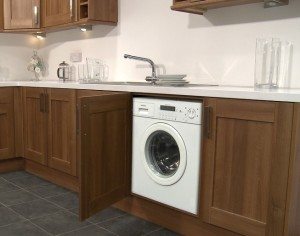 Many residents of our country live in rather modest-sized apartments. And this limitation of free space quite often forces one to show miracles of ingenuity. For example, some bathrooms may not have enough space to accommodate a washing machine. One of the popular solutions to this problem is to install the machine in the kitchen space.
Many residents of our country live in rather modest-sized apartments. And this limitation of free space quite often forces one to show miracles of ingenuity. For example, some bathrooms may not have enough space to accommodate a washing machine. One of the popular solutions to this problem is to install the machine in the kitchen space.
If you do not feel the need to save money and do not have experience connecting a washing machine yourself, then the easiest way is to call a service center. The technician will install and connect your household appliances without any problems. As a rule, all the installer's work is guaranteed. And you can be sure that a flood or other unpleasant things will not happen due to the fault of the master.
How to do it yourself
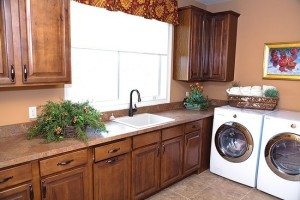 If you prefer to do all the work on connecting the machine yourself, then we recommend strictly following all the rules.
If you prefer to do all the work on connecting the machine yourself, then we recommend strictly following all the rules.
First you need to remove the shipping bolts. (or other parts that perform their role). The bolts are usually located on the back of the washing machine. And depending on the model, there may be a different number of them. Equipment purchased in a store always comes with instructions. In it you can find out what should be included with your purchase; usually the installation rules and locations of transport bolts are also indicated there.
Install and connect
The space for the washing machine must meet certain requirements. And more specifically:
- It shouldn't be soft. Installation is carried out only on a hard surface.
- It shouldn't be uneven. Although most machines have height-adjustable feet, we recommend leveling the floor before placing the machine.
- It is also desirable that water and sewer pipes be located close to the installation site. This will make the connection easier and save you from having to purchase longer hoses.
- In addition, the location of the machine near the outlet will also be more correct. It is advisable to exclude the extension cord. It's more practical.
And so you have already decided on a place and placed your new washing machine on it. Now you need to level it. To do this, use a building level. With this tool you can set the machine in a perfectly level position.
It is also worth paying attention to its stability. To check this factor, you need to grab the upper part of the body and try to shake the washing machine. If it stands level and does not fall in one direction or another, it means the installation was done well. Otherwise, you will need to start adjusting the legs again.
Connection to communications
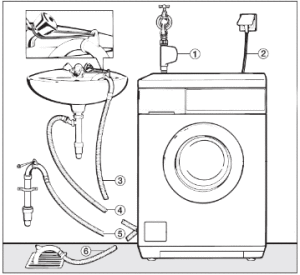 Now we need to connect the washing machine to water and electricity. Let's start with the last one.
Now we need to connect the washing machine to water and electricity. Let's start with the last one.
Electricity
To connect the machine to electricity, it is recommended to use special three-wire sockets. These sockets are grounded. They are also called Euro sockets.
As we wrote above, it is advisable not to use an extension cord. It is better to connect directly to the outlet. It’s even better to allocate a separate socket for the machine, for which you can make your own machine and RCD (residual current device). This will keep you as safe as possible when using the washing machine.
Water
Once you have arranged for a safe connection to electricity, we can move on to the water supply for our household appliances. Usually the machine is connected only to cold water. It has a built-in heating element that will warm the water to the required temperature in accordance with the specified washing program.
Correct connection to the water supply requires an additional tap. It is placed on the pipe. And only then the inlet hose is installed on it. Using this tap, you can shut off the water supply to the washing machine when necessary. Also, most manufacturers of household appliances advise turning off the water when the machine is not in use.
Sewerage
Next, we just need to connect the washing machine drain. We recommend installing the drain directly into the sewer using a special siphon. If there are any problems with this, you can drain the sink using a plastic hook, which is included in the kit with the machine.
This hook must be placed on the end of the drain hose. This will lock the hose in the bent position. After which it can be attached to the edge of the sink. Make sure that the drain hose is securely fixed and will not fall off while washing clothes.
If everything is in order, then you can start the first wash. During the first start, it is advisable to observe the operation of the washing machine. Especially if you did the entire installation yourself.
Interesting:
Reader comments
- Share your opinion - leave a comment



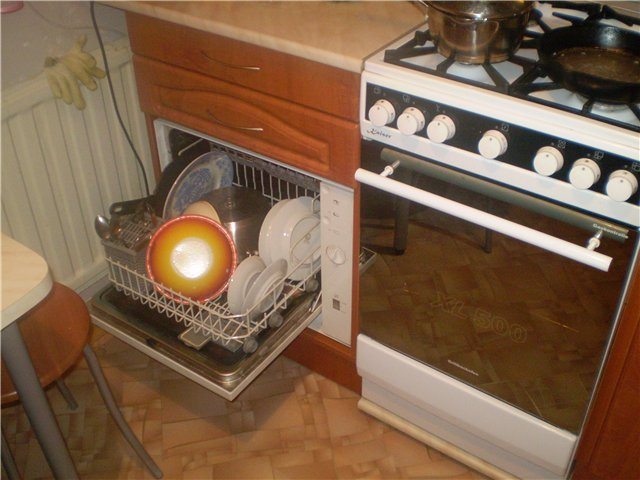
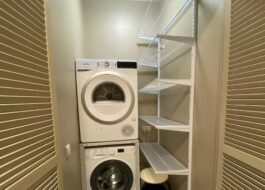
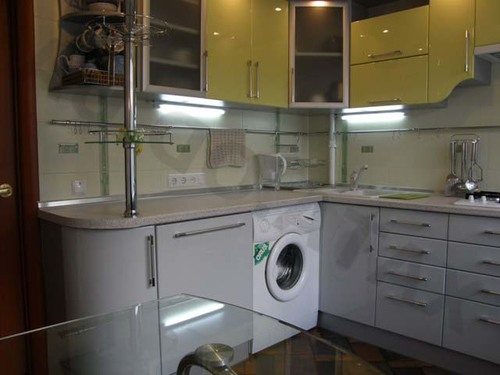
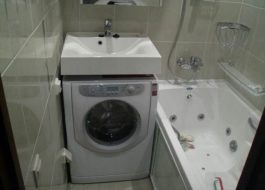














Add a comment